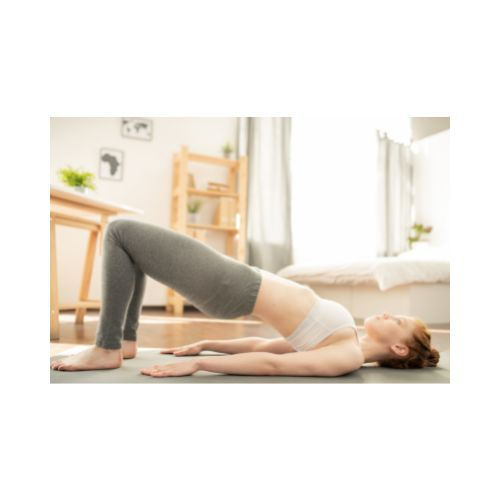TikTok Taught Me: The influence of social media and its impact on physical health and well being
- quickworksmedex
- Aug 23, 2022
- 3 min read
Updated: Aug 23, 2022
By Kaci Quick
Over the past decade, social media has definitely reached new heights. Its influence on the way we interact with others and the world is undeniable. We attribute a lot of the ways we view and think about issues ranging from socioeconomic, to physical, to political- thanks to what we see daily on social media. With platforms like Facebook, Twitter, Snapchat, Instagram, and Tiktok, baby boomers to Gen Z alike and worldwide, are able to access multiple sources as well as keep up with the latest trends, world happenings, and each other. As our technological advancements continue to grow, much consideration should also be given to the psychological, mental, emotional, and physical changes that humans have experienced along with this growth.
Studies have already shown some of the effects of social media on physical and emotional health. One University of Buffalo researcher conducted a study and found that participants who used social media excessively had higher levels of C-reactive protein (CRP), a biomarker of chronic inflammation that predicts serious diseases, such as diabetes, cancer, and cardiovascular disease. Participants within the same study were reported as showing higher levels of chronic inflammation and more frequent visits to the doctor.
A 2018 British study linked social media use to sleep disruptions-which is linked to cognitive and emotional deficits such as depression, memory loss, and poor academic performance. These side effects can have physical ramifications including chronic headaches and muscle tension.
Although many studies have shown the negative effects of social media influence on our bodies, there are a few positives that we can gain from social media. The International Journal of Behavioral Nutrition and Physical Activity (2021) indicated positive outcomes for participants that were involved in social media groups such as Facebook groups, specifically geared toward fitness and health. Tic Toc has a collection of short videos offering plenty of fitness challenges for viewers to participate in as well. These groups may even include monetary, or recognition incentives attached. Studies have shown that individuals in groups were found to react positively when receiving motivation and feedback from like-minded peers with similar goals, leading to positive health outcomes.
Social media can provide an immediate reward in the form of attention and acceptance of others-causing a rush of dopamine to the brain that produces pleasure. On the other hand, people can quickly use social media as a measuring tool of social acceptance in an unhealthy way and feel unaccepted and devalued if they don’t receive praise and positive feedback.
With anything done in excessive amounts, there is bound to be a chemical reaction-and not always a good one. Social media use is no exception. Daily use of your phone-engaging in social media, can wreak havoc on the musculoskeletal system. Your posture is affected daily. Rounded shoulders, neck, and back pain, as well as hip and glute weakness, are all factors that lead to poor posture resulting from constant phone/computer use. However, all is not lost. Developing good habits and performing simple postural exercises can help combat the negative effects of social media overuse.
Here are some good habits to develop and daily exercises that can help:

Sitting tall, engaging shoulder blades (pretend you are trying to tuck your scapula into your back pocket)

Chin tucks-you can do these throughout the day. This exercise helps to improve the overall strength flexibility, stability, and function of your neck muscles.

Avoid forward head posture-try to maintain a neutral head posture. If helpful, adjust your computer screen, desk, or phone using a holding device for assistance.

Take frequent breaks-excessive sitting or standing can have negative effects on the body. Never stay in one position for an extended amount of time. Get up and walk around, stretching often- before sitting back down.

Seated Rows-this can be done with a resistance band or a machine. Rows help with reinforcing posture as well as strengthening the muscles in your back, lats, and chest.

Glute bridges- This exercise helps to strengthen your posterior chain while promoting good posture. It also aids in reducing or preventing low back pain.
Adding these to your daily routine can improve your overall health and contribute positively to your well-being.




Comments